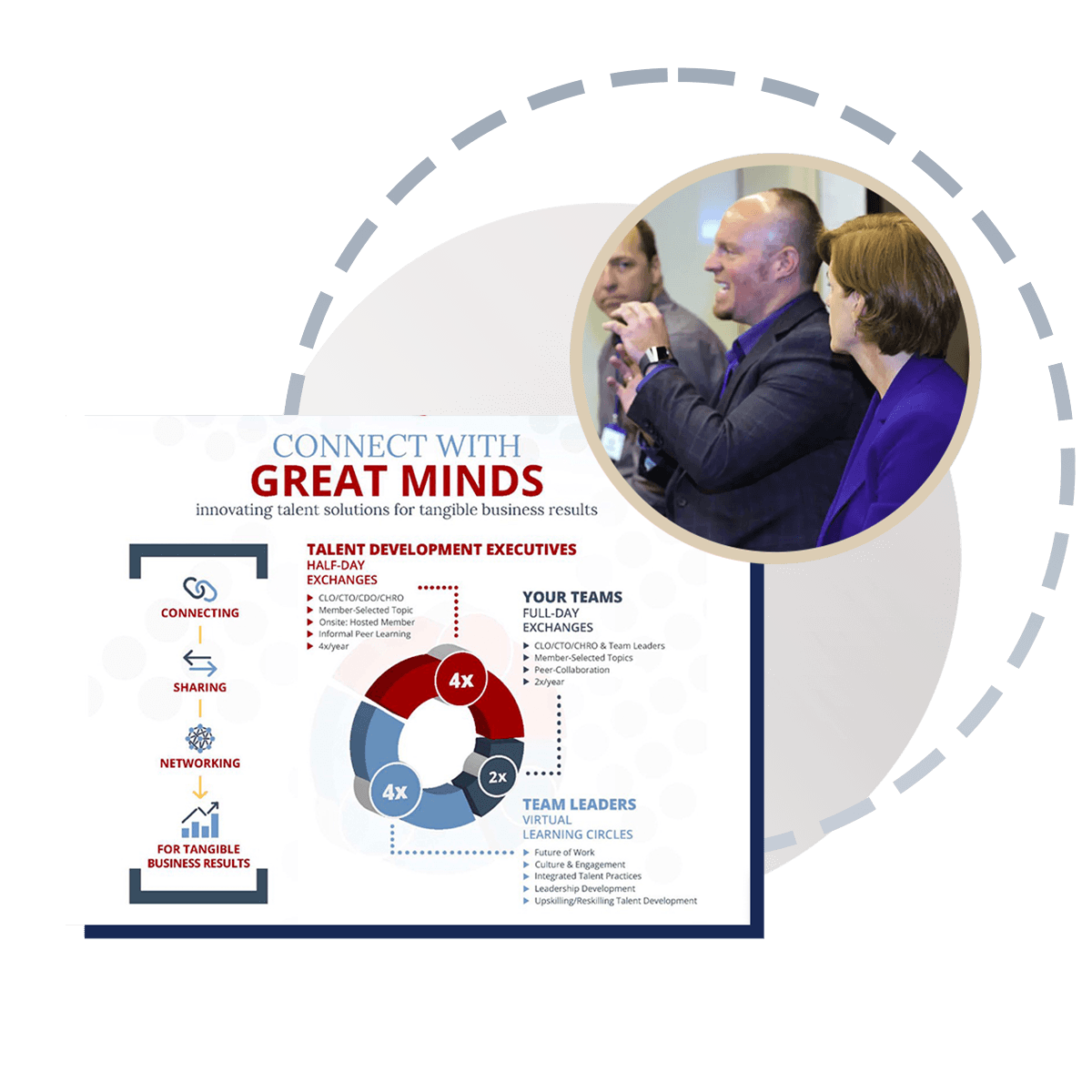Session Focus: Explore and develop key skills like adaptability, critical thinking, and communication, empowering individuals to succeed in today's rapidly changing professional landscape.
"To identify the critical skills for focus, the most important input useful is the business strategy... You want to start with the business strategy and follow with L&D data." -- Jennifer Acosta
This session provided critical insights on how HR and talent leaders can future-proof their workforce by fostering adaptability, critical thinking, and communication—the key attributes needed to navigate an unpredictable professional landscape.
In today’s business world, skills gaps are widening, technology is evolving faster than ever, and static learning models are no longer effective. To develop a truly dynamic workforce, HR leaders must shift from traditional learning approaches to agile, business-aligned, and measurable talent strategies.
Key Takeaways for HR Leaders:
🚀 Start with Business Strategy, Not Just Skills Gaps – The future of workforce development isn’t about chasing trends; it’s about ensuring learning directly fuels business growth. Align L&D with strategic goals first, then refine with data.
🔍 Rethink Learning Models – AI, Cohorts & Real-Time Application – Traditional courses are outdated. AI-driven, adaptive learning and cohort-based models drive engagement, retention, and immediate business impact.
📊 Skills as a Measurable Competitive Advantage – Skills development must be a business KPI. Leverage real-time workforce analytics to track skill progression and directly link learning investments to performance outcomes.
"With the ever-changing landscape, we must remain agile in how we develop skills—what’s relevant today may be obsolete tomorrow." -- Geovanny Andino, Zurich North America
Practical Actions HR Leaders Can Take Now:
🎯 Embed Learning in Workflows, Not Just Programs – Integrate skill-building into daily work through AI-driven coaching, microlearning nudges, and real-time feedback loops.
🤝 Turn Learning into a Collaborative Business Imperative – Move beyond HR-led training. Partner with business leaders to make continuous upskilling a core part of team culture and leadership accountability.
📈 Predict & Prepare for Future Roles Now – Use AI and talent intelligence to forecast emerging roles, proactively reskill employees, and ensure the workforce stays ahead of disruption.
Developing a dynamic workforce isn’t just about teaching new skills—it’s about building a culture of continuous learning, adaptability, and strategic alignment. The most successful organizations will be those that treat learning as a core business function rather than an HR initiative. As HR leaders, we have an opportunity to shape the future of work by ensuring employees are not just keeping up, but staying ahead.
For further insights on developing a future-ready workforce, consider St. Charles Consulting Group's "The Fueled Talent Enterprise" by Mike Ohata, now available with a 40% discount on Amazon using code ELE40OFF at checkout."
💬 What’s your biggest challenge in preparing your workforce for the future? Please share your thoughts with us on ELE Idea Exchange.
